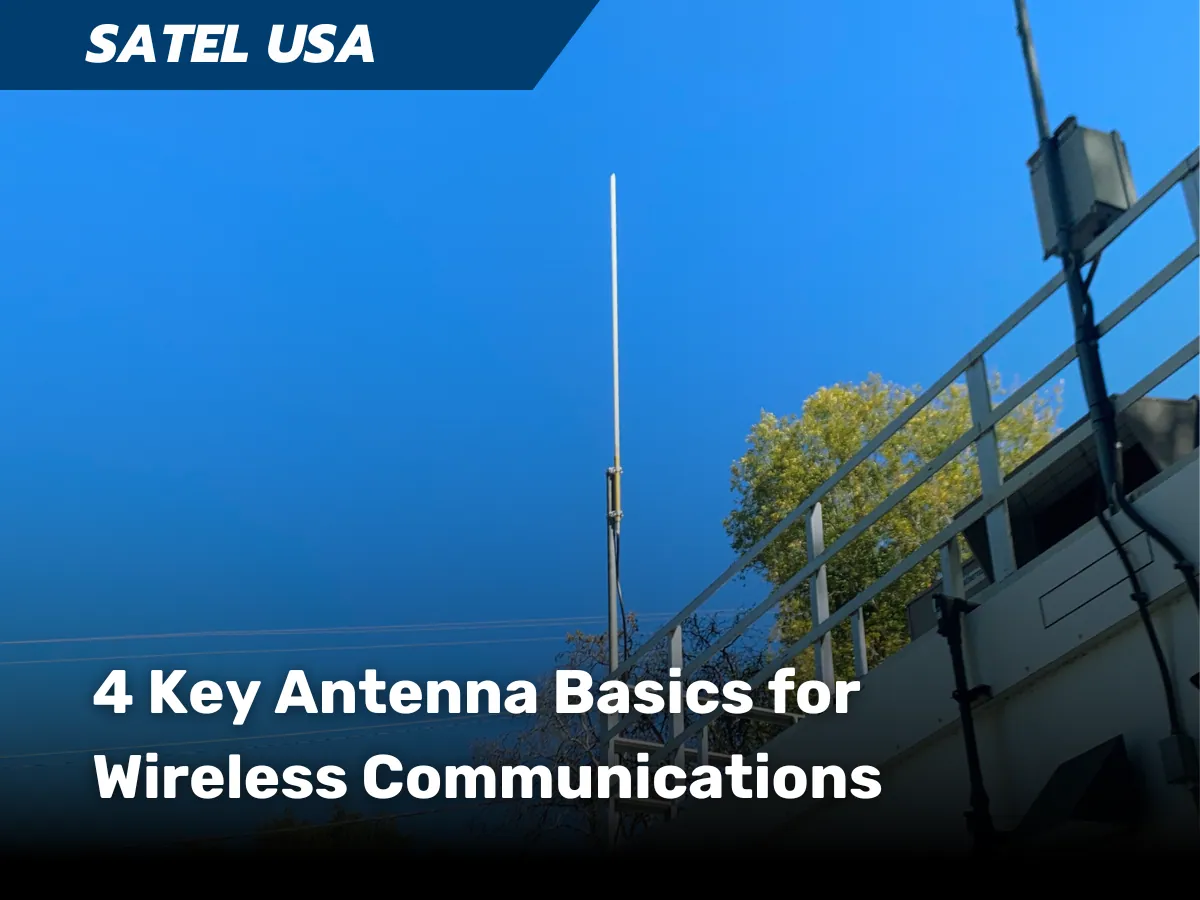
Antennas are essential components in wireless communication systems. They convert electrical signals into electromagnetic waves for transmission and vice versa for reception. Understanding the basics of antennas can help in selecting the right type for specific applications.
Frequency Band
Antennas are designed to operate within specific frequency bands, which are ranges of radio frequencies allocated for particular uses.
The frequency band determines the antenna’s size and design.
For example, lower frequency bands (like VHF, used for FM radio) require larger antennas, while higher frequency bands (like microwave, used in WiFi and cellular networks) use smaller antennas.
Choosing an antenna that covers the correct frequency band used by your radio is crucial in ensuring your system performs well.
Using an antenna that is not suited for your operating frequencies means the radio will have a hard time both transmitting and receiving data, and may even damage sensitive radio components.
Omnidirectional versus Directional Antennas
Antennas can be categorized based on their radiation pattern:
Omnidirectional Antennas: These antennas radiate or receive signals in all directions equally, or nearly so, in a horizontal plane. They are commonly used in applications where the signal needs to cover a broad area, such as in 2 way voice radios or Wi-Fi routers.
Directional Antennas: These antennas focus their energy in a specific direction, providing greater range and signal strength in that direction. A common example is the Yagi antenna, which is often used for point-to-point communication in SCADA networks, or for TV reception.
Antenna Gain
Antenna gain is a measure of the antenna’s ability to direct or concentrate radio frequency energy in a particular direction or pattern.
It is usually expressed in decibels (dB, dBi, dBd). Higher gain antennas can transmit signals over longer distances but have a narrower beam width, meaning in some cases they must be precisely aimed.
It is key to remember that an antenna is a passive device – it can not amplify a radio signal, only concentrate energy in one or more directions. So, antennas achieve higher signal strength in some directions at the cost of lower signal strength in other directions.
Essentially, an antenna simply directs the signal that already exists. Its metal shape gathers incoming (or outgoing) radio waves—just like a flashlight reflector collects light from the bulb—and guides that energy toward a chosen direction.
Antenna Polarity
Polarity refers to the orientation of the electric field of the electromagnetic wave transmitted or received by the antenna. The most common types are:
Vertical Polarity: The electric field is perpendicular to the ground.
Horizontal Polarity: The electric field is parallel to the ground.
Circular Polarity: The electric field rotates as the wave propagates, which can be either right-hand or left-hand circular polarization.
Matching the polarity of the transmitting and receiving antennas is very important to minimize signal loss. Signal loss can be 20dB or more (a 100x difference in power) if transmitting and receiving antennas are not polarity matched.
Conclusion
Understanding these basic antenna concepts—frequency band, omnidirectional versus directional characteristics, gain, and polarity—can help in selecting the right antenna for your communication needs. Whether you need broad coverage or long-range transmission, the right antenna design plays a critical role in system performance.
If you need help, feel free to contact us. We’ll be happy to provide a technical help.
